Expansion in Emerging Markets
The Transcutaneous Bilirubinometer Market is poised for growth due to the expansion in emerging markets. Countries with developing healthcare infrastructures are increasingly investing in neonatal care technologies, including bilirubin monitoring devices. This trend is driven by a growing population and rising incidences of neonatal jaundice, which necessitate effective monitoring solutions. As healthcare systems in these regions improve, the demand for non-invasive and cost-effective bilirubin measurement devices is likely to rise. Market analysts predict that emerging markets could account for a substantial share of the overall market, with growth rates potentially exceeding 10% annually as these regions enhance their healthcare capabilities.
Regulatory Support and Guidelines
The Transcutaneous Bilirubinometer Market benefits from supportive regulatory frameworks and guidelines that promote the use of non-invasive bilirubin measurement devices. Regulatory bodies are increasingly recognizing the importance of early detection of neonatal jaundice, leading to the establishment of standards that encourage the adoption of transcutaneous bilirubinometers. This regulatory support not only enhances the credibility of these devices but also fosters innovation within the industry. As healthcare providers align with these guidelines, the market is likely to see an uptick in demand for compliant and effective bilirubin monitoring solutions, potentially leading to a market growth rate of around 7% in the coming years.
Rising Incidence of Neonatal Jaundice
The Transcutaneous Bilirubinometer Market is significantly impacted by the rising incidence of neonatal jaundice across various populations. Factors such as genetic predispositions, maternal health conditions, and environmental influences contribute to this increase. As healthcare providers seek effective solutions for monitoring bilirubin levels in newborns, the demand for transcutaneous bilirubinometers is expected to rise. This trend is particularly evident in regions with high birth rates and limited access to invasive testing methods. Market forecasts indicate that the increasing prevalence of neonatal jaundice could drive market growth by approximately 12% over the next few years, as healthcare systems prioritize the implementation of non-invasive monitoring technologies.
Increased Awareness of Neonatal Jaundice
The rising awareness regarding neonatal jaundice is significantly influencing the Transcutaneous Bilirubinometer Market. Healthcare professionals and parents are becoming more informed about the risks associated with untreated jaundice, leading to a higher demand for effective monitoring solutions. Educational campaigns and initiatives by health organizations are contributing to this awareness, which is essential for early detection and treatment. As a result, the market is witnessing an increase in the adoption of transcutaneous bilirubinometers, as they provide a non-invasive and efficient means of monitoring bilirubin levels. This heightened awareness is expected to drive market growth, with estimates suggesting a potential increase in market size by 15% over the next five years.
Technological Advancements in Bilirubin Measurement
The Transcutaneous Bilirubinometer Market is experiencing a surge in technological advancements that enhance the accuracy and efficiency of bilirubin measurement. Innovations such as improved sensor technology and advanced algorithms are being integrated into these devices, allowing for non-invasive and rapid assessments of bilirubin levels in neonates. This is particularly crucial in neonatal care, where timely diagnosis can prevent severe complications. The market is projected to grow at a compound annual growth rate of approximately 8% over the next few years, driven by these advancements. Furthermore, the introduction of portable and user-friendly devices is likely to increase adoption rates among healthcare providers, thereby expanding the market reach and improving patient outcomes.


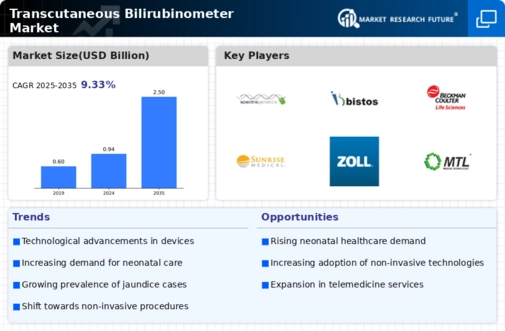
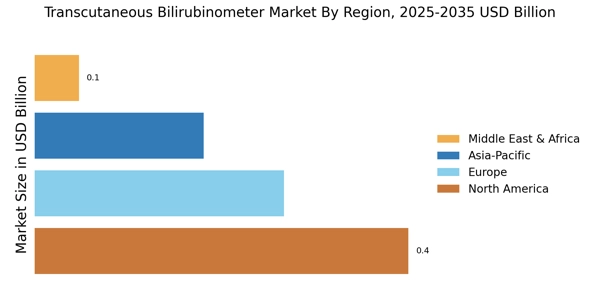
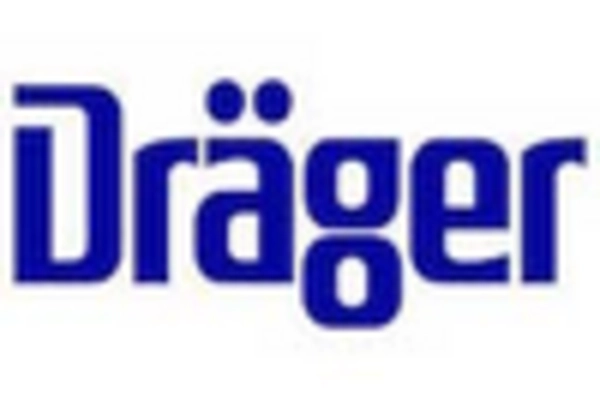

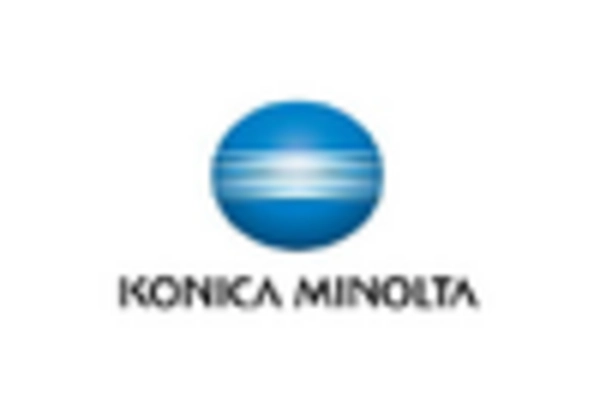
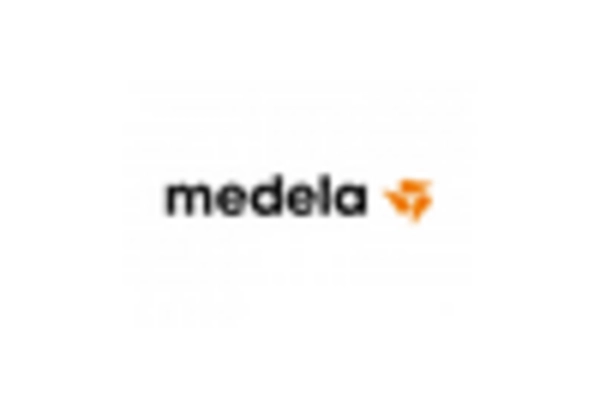
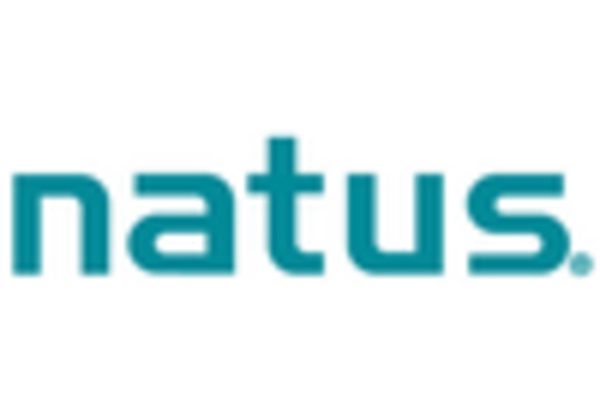









Leave a Comment